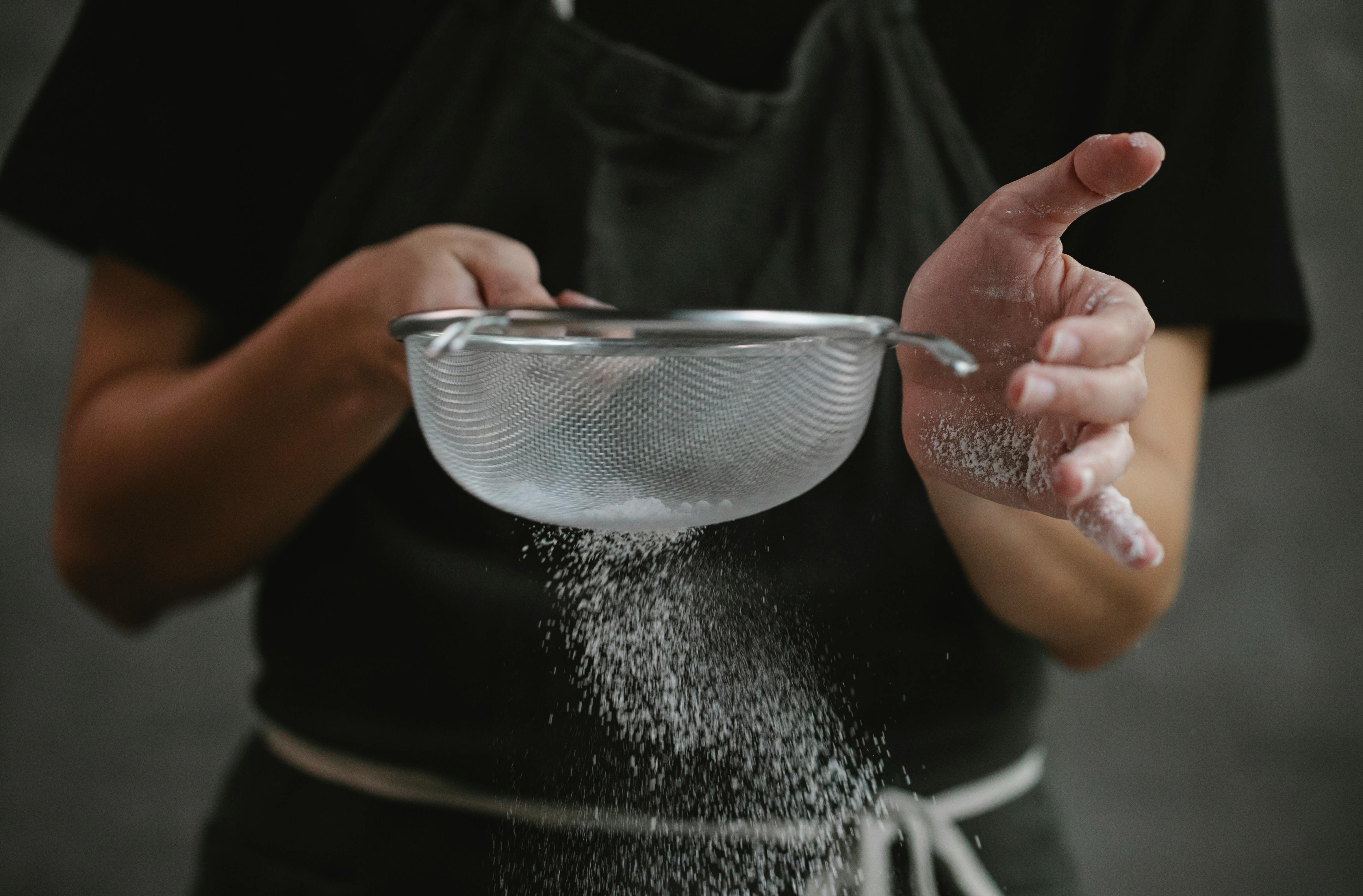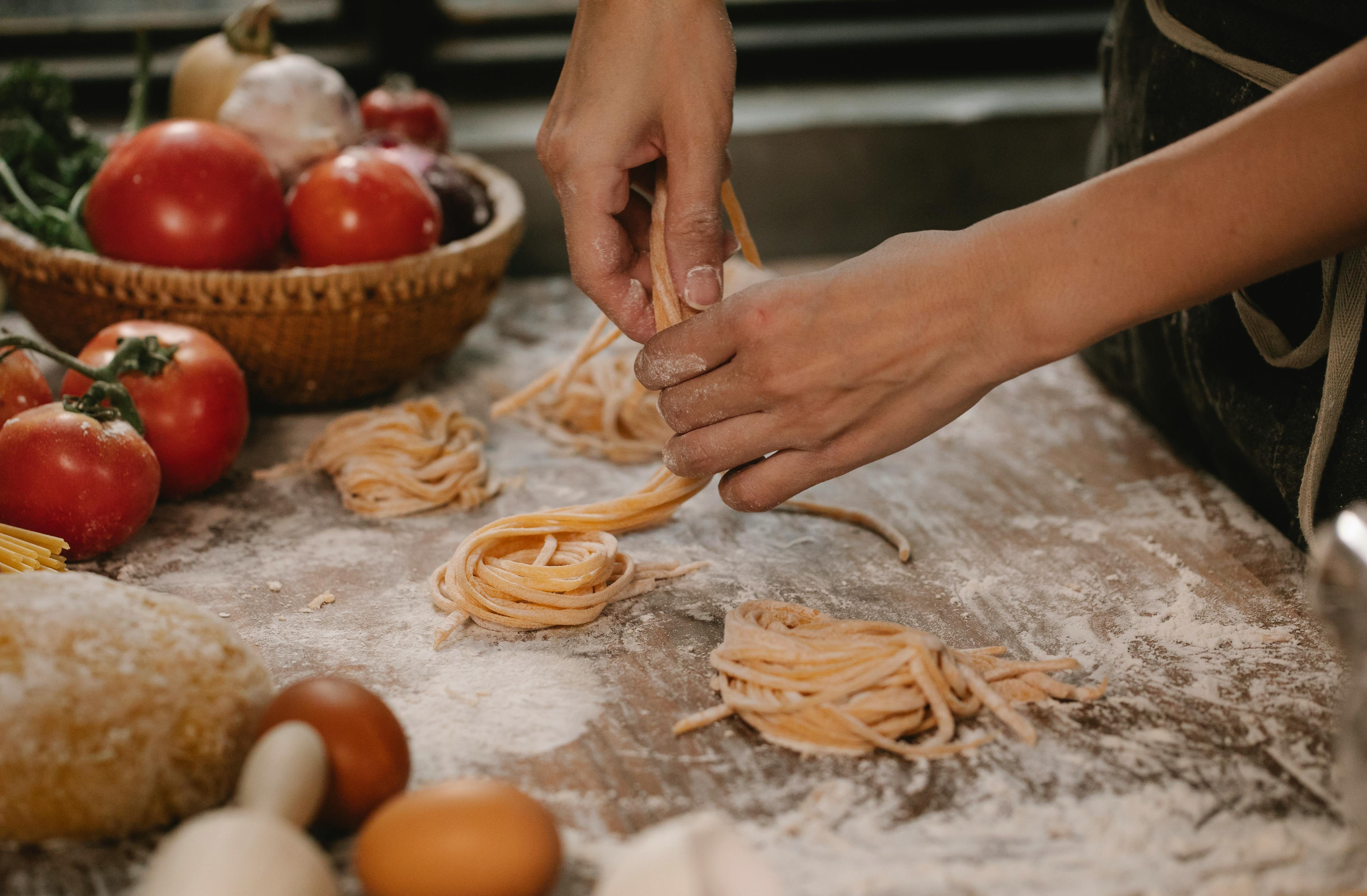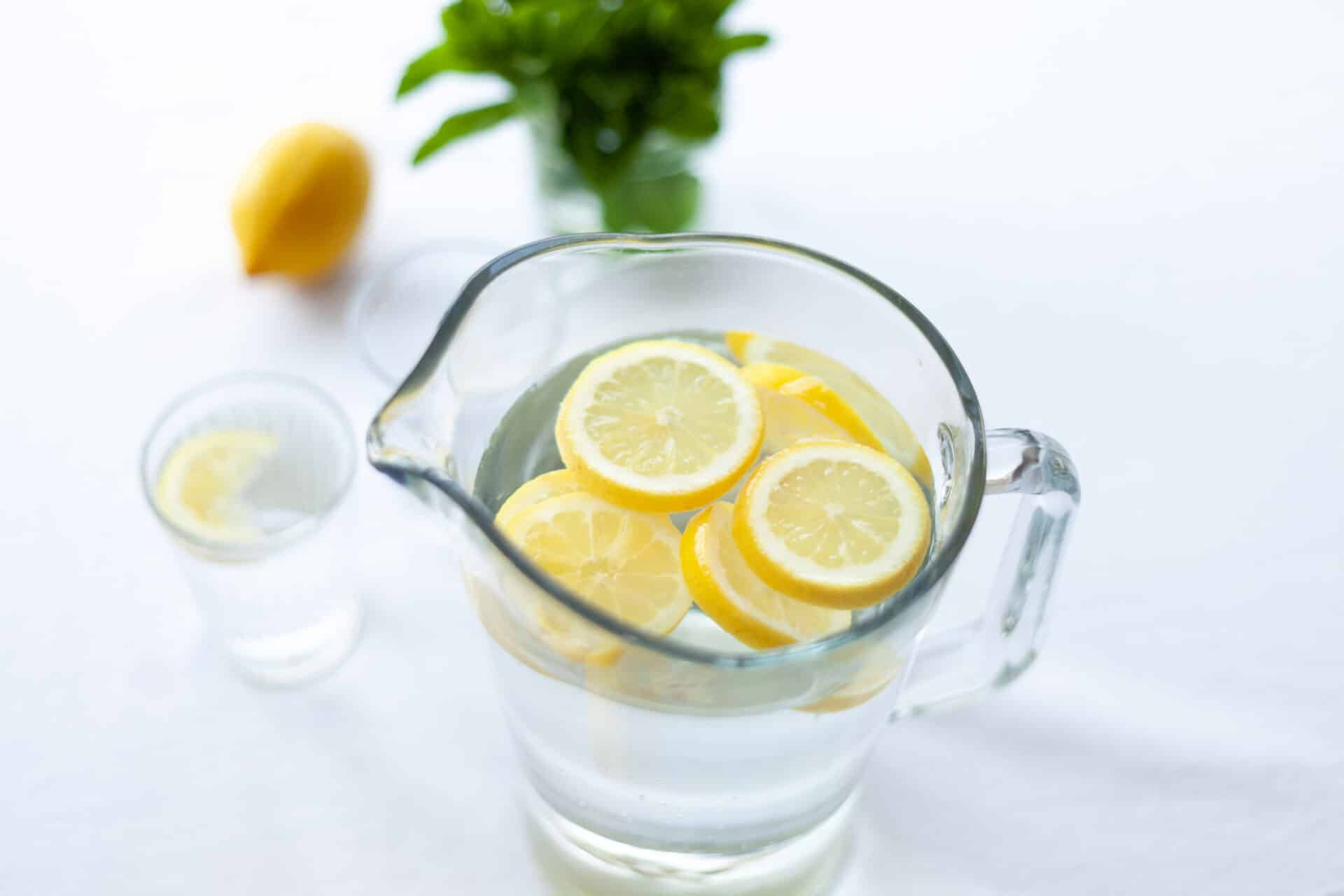Making distilled water at home is a simple and effective way to produce clean and safe drinking water. Distilled water is a pure form of water without minerals or other contaminants and is ideal for use in medical, laboratory, and even household applications. This guide will provide step-by-step instructions on how to create your own distilled water with basic equipment found in most households.Distilled water is water that has been boiled into vapor and then condensed back into liquid form. It is a type of purified water that has had impurities removed through distillation, which involves boiling the water and then condensing the collected steam back into a liquid. Distilled water is used in a variety of applications, such as for drinking, cooking, and in industrial processes.
What Equipment is Needed to Make Distilled Water?
Distilled water is a type of purified water that has been treated through a distillation process. The process involves boiling the water, then collecting the steam and condensing it back into liquid form. In order to make distilled water, specialized equipment is needed. This equipment includes a distiller, which can be either electric or manually powered, and a collection container such as a glass jar or stainless steel pot. Additionally, materials such as tubing and charcoal filters may be used to ensure the cleanliness of the distilled water. Once all of the necessary equipment is in place, the process of making distilled water can begin.
The first step in making distilled water is to fill the distiller with tap or spring water. Depending on the size of the distiller, this can range from one to several gallons of liquid. Once the distiller has been filled with water, it should be heated until it reaches boiling temperature and then allowed to simmer until all of the liquid has evaporated and only steam remains. The steam is then collected and directed into a collection container where it will condense back into liquid form.
The final step in making distilled water is filtering it through charcoal filters to remove any impurities or contaminants that may have been present in the original source of water. After filtering, any additional materials such as tubing may be used for storage before using or consuming the finished product. With all of these steps completed correctly, you should have pure distilled water ready for use!
Step 1: Assemble the Materials
Before starting to make homemade distilled water, it is important to gather all the materials needed. This includes a large pot, a smaller pot (or heat-proof bowl), a thermometer, and ice cubes. Additionally, you will need a food-grade hose and some type of filter system to purify the water. If you do not have access to these materials, many stores sell kits that contain all the necessary items.
Step 2: Fill the Large Pot with Water
Once you have all of your materials, fill your large pot with tap or well water. Make sure there is enough water in the pot so that it will be able to reach boiling temperatures without overflowing. Additionally, add a few ice cubes to the water before heating it up.
Step 3: Heat Up the Water
Once your large pot is filled with water and ice cubes, turn on your stove and begin heating up the water. As you do so, keep an eye on the thermometer and make sure that it does not exceed 212 degrees Fahrenheit (100 degrees Celsius). If it does, simply turn down your stove until it reaches this temperature.
Step 4: Place Smaller Pot or Bowl in Large Pot
Once your large pot has reached 212 degrees Fahrenheit (100 degrees Celsius), place your smaller pot or bowl inside of it. Make sure that it is completely submerged in the hot water. The smaller pot should remain in its position throughout the entire process.
Step 5: Add Ice Cubes to Small Pot/Bowl
After placing your smaller pot/bowl inside of your larger one, add several more ice cubes into it. This will cause steam to condense on its sides and drip into the smaller container as pure distilled water.
Step 6: Attach Hose and Filtration System
Once you have placed enough ice cubes into your small container, attach one end of a food-grade hose to its side. Then attach this hose to a filter system which will help purify any impurities from the distilled water before collecting it.
Step 7: Collect Distilled Water
Now that all of your equipment is assembled properly, simply collect any distilled water that has dripped into your small container using either a cup or jug. Once you have collected enough distilled water for your needs, turn off all heat sources and remove all items from their positions. Distilled water can be used for many purposes, such as drinking water, aquariums, humidifiers, and car batteries. While distilled water can be bought in bottles at the store, it is not always the most cost-effective option. Fortunately, you can make your own distilled water with a simple stove setup. With some basic supplies and a bit of patience, you can have pure distilled water in no time. To make distilled water at home, you will need a stove or hot plate, two pots that can fit inside each other, and a glass jar or container. Put about two inches of water in the larger pot and set it on the stove over medium-high heat. Place the smaller pot inside the larger one so that it sits above the level of the boiling water. Fill this smaller pot with ice cubes and put the lid on it. As the steam rises from the boiling water below, it will hit the lid of the smaller pot and condense into droplets of pure distilled water. These droplets will then drip down into your glass container below. Once your container is full of distilled water, remove both pots from the heat source and let them cool down before handling them. When you are ready to use your distilled water for whatever purpose you need it for – drinking or otherwise – just pour it out into its designated container using a funnel or ladle. Distilled water should last indefinitely when stored correctly; however if there is any kind of foreign matter present (such as dirt), be sure to discard it after two weeks to avoid any bacterial contamination. Making your own distilled water at home is an easy way to save money while still having access to clean drinking water or other uses for this purified liquid. With some simple supplies and a bit of patience, you can have pure distilled in no time! Making distilled water with a solar still is a simple process that requires minimal supplies and materials. A solar still operates by using the heat from the sun to evaporate water and then condense the vapor back into liquid form. The result is purified, distilled water. To make distilled water using a solar still, you will need some basic household items and tools, plus some materials for building the still. Here’s what you need: • A large container such as a bucket or barrel Once you have all your supplies gathered, you can start building your solar still. Begin by placing your large container in an area that gets direct sunlight for most of the day. Next, place your sheet of glass or plastic over the top of the container so that it fits snugly around it. This will help keep heat trapped inside so that it can be used to evaporate any water placed inside. Once your glass cover is in place, place your piece of dark material over it. This material should be black in color as this will absorb more heat from the sun than lighter colors would. You may want to use glue or staples to secure it in place if necessary. Now, place your collection bowl underneath one corner of the glass cover so that any condensed vapor will run down into it instead of out onto the ground. Connect this bowl with a piece of tubing so that all condensation is diverted directly into it instead of spilling out onto the ground. Once everything is set up, you’re ready to start making distilled water! Add some clean water into your large container and ensure that all sides are evenly covered with liquid. Place this container in direct sunlight and leave undisturbed for several hours until all liquid has evaporated and collected inside your collection bowl at the bottom. Once done, simply remove your collection bowl from underneath the still and pour out its contents – fresh, pure distilled water! Distilled water has many benefits and is preferred over tap water for a variety of reasons. Making your own distilled water is an easy and economical way to obtain this type of water. There are several benefits to making your own distilled water, including cost savings, convenience, and improved taste. One of the main benefits of making your own distilled water is the cost savings you can enjoy. Tap water is usually much cheaper than buying pre-distilled water at the store, but it still contains many impurities that can impact the taste and quality. By distilling your own tap water, you can save money by reducing the need to buy expensive bottled distilled water. Making your own distilled water is also convenient because you don’t have to go out and buy it from a store or wait for delivery. You can make it in the comfort of your own home whenever you need it and in whatever quantity you need. This eliminates any delays or inconveniences associated with purchasing pre-distilled bottled water from a store or waiting for delivery of large containers of distilled water. Finally, one of the biggest benefits to making your own distilled water is that it tastes better than tap or bottled pre-distilled waters. Distillation removes all impurities from the tap or spring waters, leaving only pure H2O behind. This results in a much cleaner taste that many people prefer over regular tap or bottled pre-distilled waters. One of the most common mistakes when making homemade distilled water is not preparing the equipment properly. Distilling water requires a heat source, a vessel to collect the distilled water, and a condenser. It is important to ensure that all pieces of equipment are in good condition and properly sanitized before use. This will help ensure that the distilled water is free from contaminants that could potentially harm you or your loved ones. Another common mistake when making homemade distilled water is not utilizing clean water as the source. If the source of water contains high levels of impurities, then it will not be suitable for distillation. It is important to use clean water for distillation in order to achieve pure, uncontaminated results. If possible, it is best to use filtered or purified water as your source material for distillation. It is also important to monitor the temperature during distillation. The temperature should remain below 212 degrees Fahrenheit (100 degrees Celsius) in order to avoid boiling off any volatile compounds or contaminants that could be present in the source material. Additionally, if the temperature rises too high, it could damage the equipment or even cause explosions. Finally, it is important to allow sufficient cooling time after distillation has been completed. This allows any volatile compounds or contaminants present in the distilled water to evaporate and ensures that only pure, uncontaminated distilled water remains. Allowing insufficient cooling time can lead to contamination and should be avoided. Distilled water is an important part of many home and laboratory applications, such as cooling systems, steam irons, and medical equipment. It is important to make sure that the distilled water you use is pure and free from contaminants. To test the purity of your homemade distilled water, you will need a few simple supplies and some basic knowledge about how to perform a purity test. The first step in testing the purity of your homemade distilled water is to purchase a quality testing kit at your local hardware store or online. These kits typically include a hydrometer, which measures the specific gravity of liquids, as well as pH strips that can measure acidity and alkalinity levels. You will also need a few clean glass containers for collecting samples of your water. Once you have all your supplies ready, it’s time to collect samples of your distilled water. Collect several samples from different locations in your distiller or other apparatus used to produce the distilled water. For each sample, use the hydrometer to measure its specific gravity, which should be close to 1.000 if the water is pure. Then use the pH strips to measure its acidity or alkalinity levels; these should be close to neutral (7) for pure distilled water. If any of your samples fail either test, then you may need to adjust the distilling process or replace parts in order to create purer distilled water. Once you have achieved satisfactory results on all tests, then you can be sure that your homemade distilled water is pure and ready for use. Making your own homemade distilled water is a great way to have a reliable supply of pure water. Not only is it economical, but it also allows you to control the quality of your water. You can use a boiling method or a condensation method to make distilled water at home. Distillation is an effective way to remove bacteria, viruses, and other contaminants from your drinking water. It can also be used to make sterile solutions for medical purposes. Finally, it can help reduce the amount of chemical contaminants in your drinking water. Overall, making homemade distilled water is a great way to ensure that you are getting clean and safe drinking water. With the right equipment and some basic knowledge, you can make your own distilled water in no time at all. So why not give it a try? With just a few simple steps and pieces of equipment, you can make pure, clean drinking water right in your own home!How to Use a Solar Still to Make Distilled Water
• A sheet of glass or plastic that fits over the container
• A bowl or other container to collect the distilled water
• A piece of tubing to divert the condensed vapor into the collection bowl
• A sheet of dark material such as black plastic or cloth
• Glue and staples (optional)
The Benefits of Making Your Own Distilled Water
Cost Savings
Convenience
Improved Taste
Not Preparing the Equipment Properly
Not Utilizing Clean Water
Not Monitoring Temperature
Not Allowing Sufficient Cooling Time
Testing the Purity of Homemade Distilled Water

Conclusion

